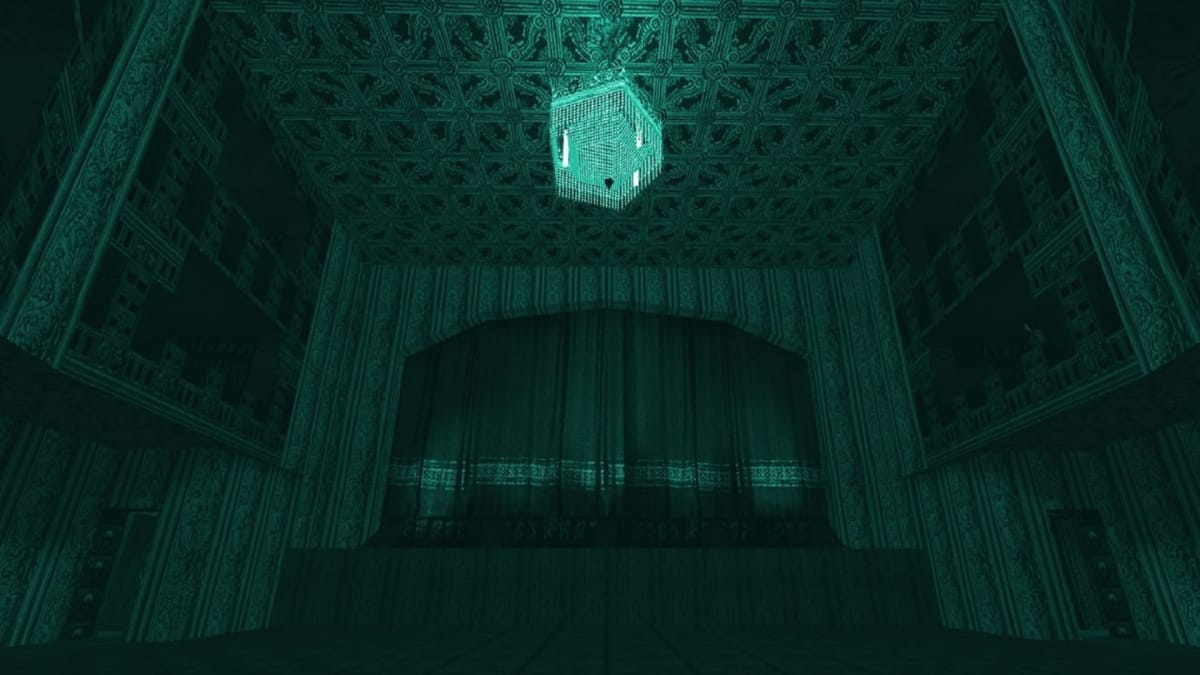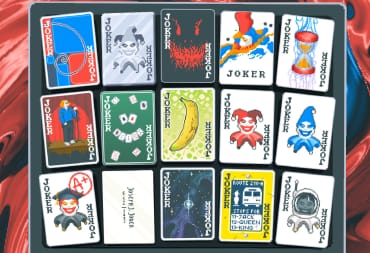Buildings ooze feeling. As a young kid touring with my parents, I gazed in horror at the grand interiors and intricate pathways of Hearst Castle. This place was huge, cavernous, and chilling. I swear something was watching me the whole time - I looked over my shoulder as much as I looked at the decor.
You walk through a place and get a sense of what it is. A fancy Cathedral versus an old factory; a university library versus an isolated gas station; an ancient castle versus a grand opera house. The art, wall textures, sounds, sights, and lights synthesize into an atmosphere. Based on the place you’re visiting, these characteristics can suggest stories. The blandness of a standard office building suggests stories of people performing their daily routines. The grandness and sophistication of a mansion suggest a luxurious and prominent life. Throughout entertainment and art, a sense of place is established to communicate these same feelings we get with real-world buildings, and the fictional edifices can tell as many stories.
Games are unique in their power to suggest stories because of the virtual structures that players explore. Thief is a brilliant example of story-suggestion. Any given game can do this, but Thief’s advantage is the role it gives the player. Since you are placed in the background and are tasked with remaining hidden and avoiding confrontation, you are at greater ease to observe the many visuals, objects and sounds in the world, and then to recreate a story from them. This process is not necessarily done purposefully in the player’s head.
You do not think “Oh, I see: there’s the sound of a hollow wind outside, there’s a portrait on the wall of a forlorn lady looking into the distance, and the flowers in the vase on a dresser over there are wilted. This must be a house of sorrow, likely one of a widow, or of a woman who has been abandoned by her lover.” It’s just a sense or a feel you get - nothing specific, or even necessarily in words. Locations throughout the game can tell you a story without one text in a readable or one word from an NPC.
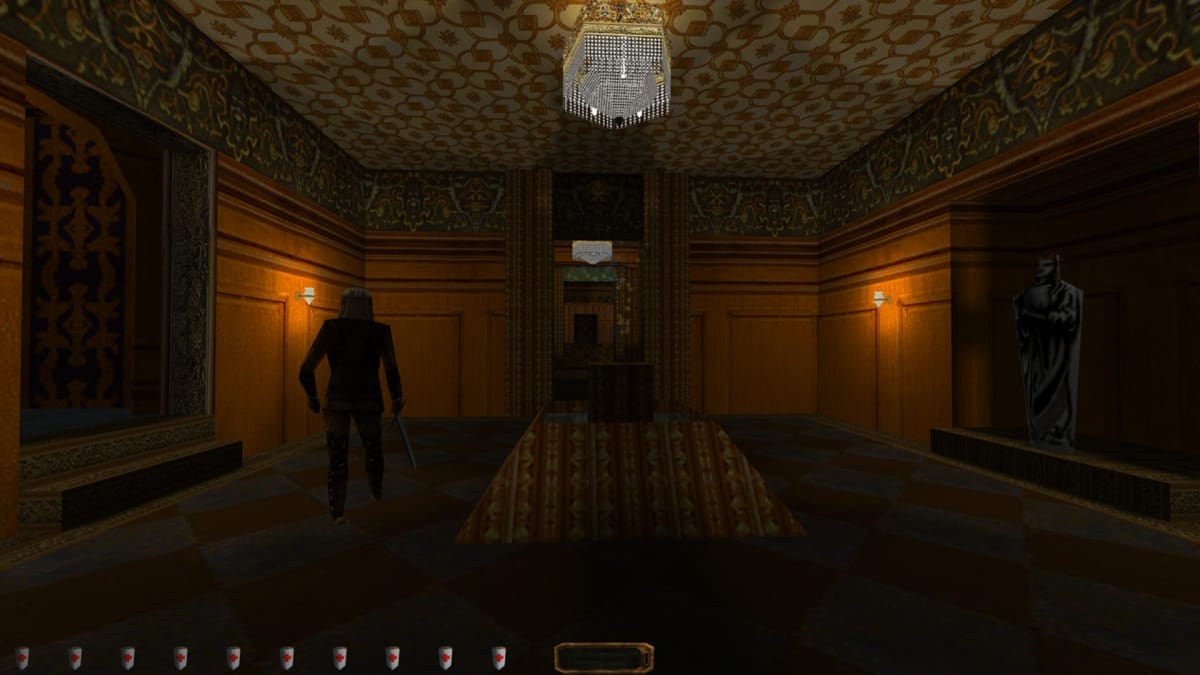
A great example of this is the Thief Gold mission Song of the Caverns. It’s a level centered around an opera house. I always sense many stories pulsing throughout the thick atmosphere of this opera, and none of them are ever validated in a readable, conversation, or cutscene. I’ve put together possible backstories from this opera house, and I would not have been able to if I had been experiencing it through an action RPG, a first-person shooter, an isometric strategy game or any type of interface other than the immersive first-person game Thief is.
There are plenty of stories explicitly laid out for you. There’s the story of an ex-opera worker and informant, Giry, who’s tipped Garrett off about the cash intake of the ticket office. There’s the story of the opera passing into the new ownership of Lady Valerius. There are opera house attendants arguing over whether the plays put on by the new Music Director, Ian Cribs, are any good.
There’s the readable about an overfed ballerina who added an “unwelcome addition” to a show night (and the Director’s sharp instructions to the cook to give her a light supper); a guard who is desperate to watch the ticket office so he can chat with the cloak-check girl; and two opera singers convinced that the opera is losing money because of all the “lower class” people manning the check-in.
The most memorable of all the little side stories explicitly laid before the player is that of Raoul, the hermit who once owned the opera before having it stolen from him. Raoul has every reason to exact revenge on the new opera owner, and, possessing knowledge of secret passages and an important key, the means to do so. But Raoul’s “terrible flaw” is that revenge is “not in his blood,” so he writes in his journal.
These stories are intriguing, humorous, or a mixture of the two. But beyond them, there’s more to the opera house. The level gives players plenty of surreal sights and atmospheric cues to put together stories of their own. There are spirits in the opera's walls, even if they choose not to come out.
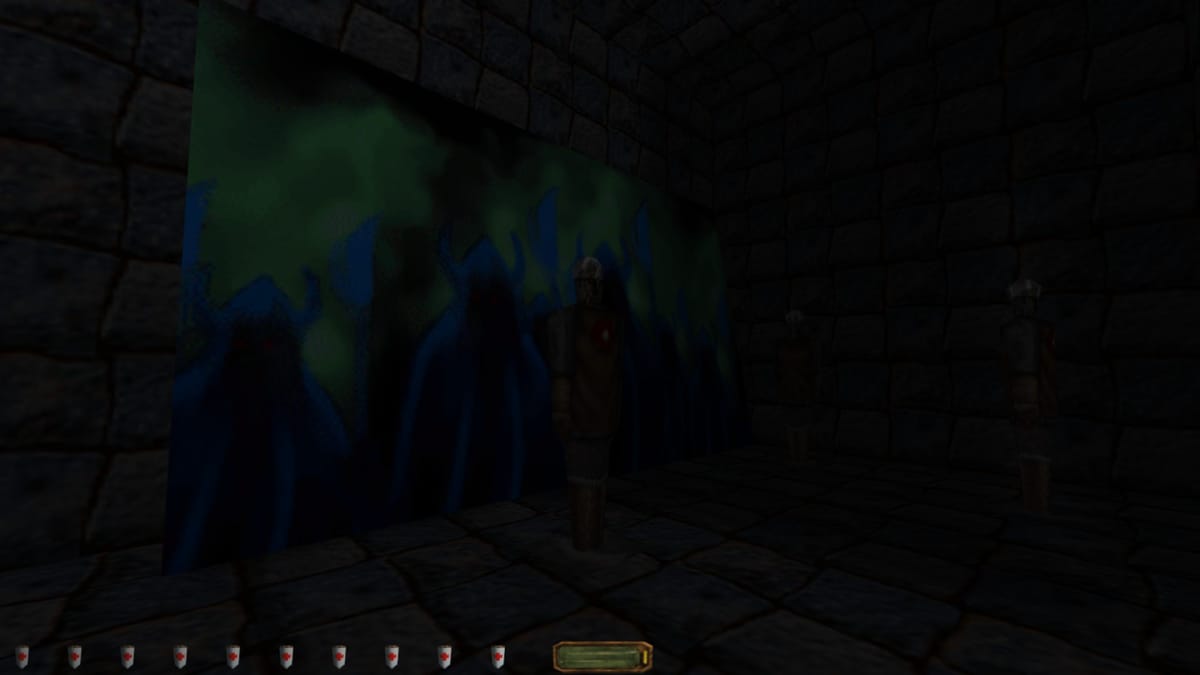
The premise for the level is straightforward: as master thief Garrett, you need to steal the Talisman of Water. You start the mission heading to meet your correspondent Giry. Giry’s been living in some caverns that connect with the sewer system under the City. In these caverns, the Talisman of Water lies in a shrine. Giry’s surely got some info on the caverns, thus Garrett’s errand to him.
Turns out, Giry’s been killed by spiders. On top of that, the shrine where the Talisman was kept is empty. “Now what,” Garrett mutters. What he finds next is a singing lunatic, the already mentioned Raoul, holed up in an area near the shrine, babbling about the opera house above. Garrett learns through the former opera owner's crazed mutterings that he was thrown out by Lady Velarius and that Velarius’ armed guard acquired a watery gemstone. Raoul seeks vengeance on the lady who threw him out, though, as noted above, he cannot enact it himself. Garrett can do it for him. Raoul gives him a key and map, and then Garrett heads upwards into the opera house.
It’s in the grand basement of the opera that you feel the presence of some sinister backstory. The area is huge, containing set pieces with creepy, surreal art on them. There’s also a practice room that young singers hum and howl in, a large reservoir or drainage of some sort, a wine cellar, and some strangely empty areas. Most areas have bizarre textures on some of the walls.
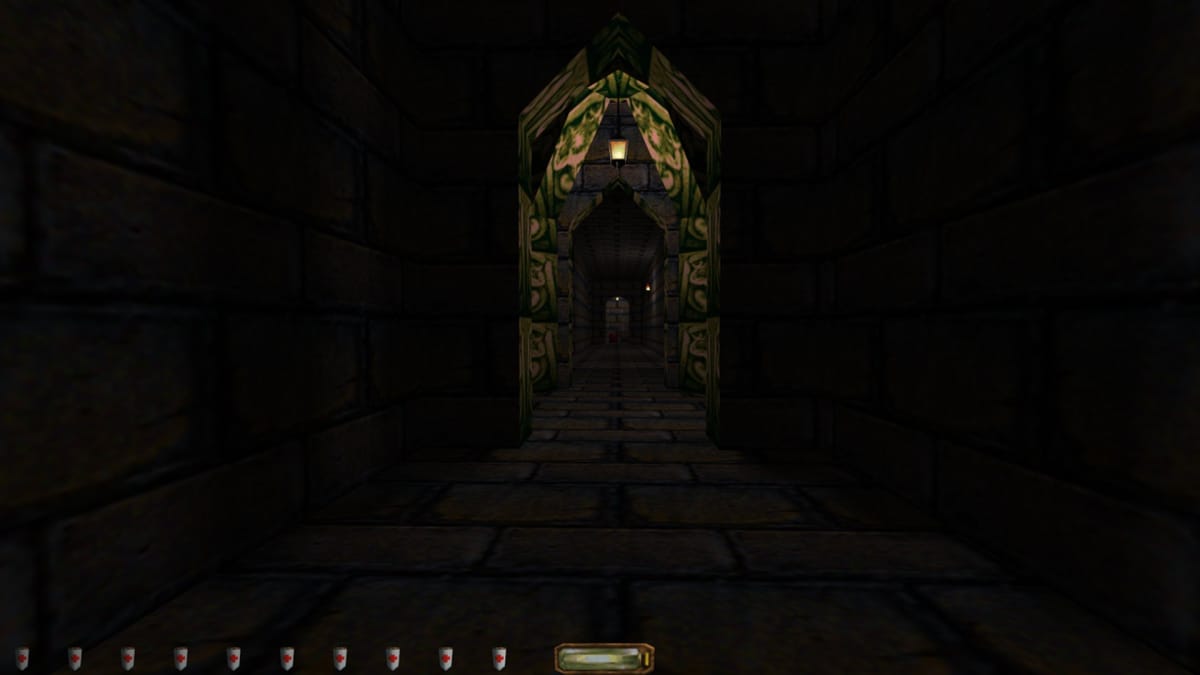
The overwhelming audio ambiance here is a stereo version of a standard wind howling noise that Thief uses in many missions. It hangs heavy in the air, almost oppressive. Tense violin strings and occasional sounds of other instruments, like horns, add to the sound ambiance. That audio, along with the many dark corners, chilling art pieces, and long hallways, create a thick atmosphere in the basement. You don’t ever see or hear one of Thief’s ghostly or undead NPC characters in the opera house basement, but I feel there is some dark force living in the walls.
This atmosphere continues in the opera house proper. Large corridors adorned with fantastic art suggest an otherworldliness. One set of wall textures is a starry pattern. The door frames into the main performance hall are decorated with inlaid faces resembling a goblin or demon. The backstage is lined with more creepy backdrops, and the one in the front of the stage is adorned with a texture of demon faces, akin to the door frames. I expected a phantom to come swinging down any moment as I crept across the stage.
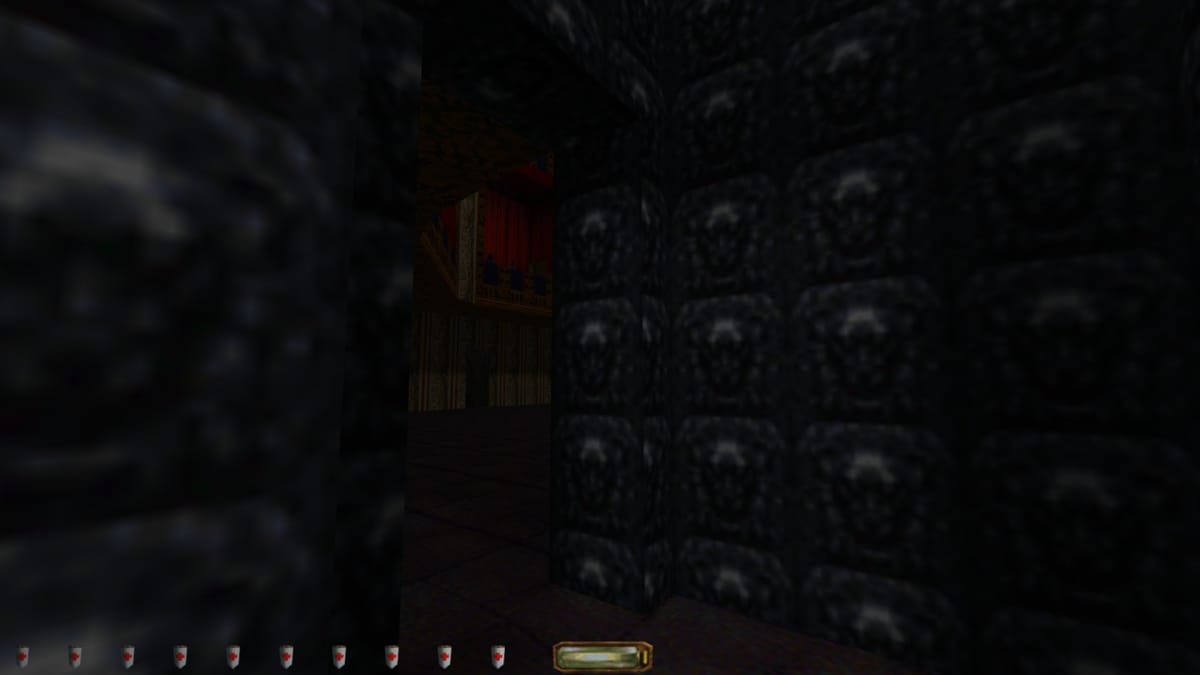
From this eerie presence, I crafted a story of a lonely opera house with a long, dark history that no one knows about, or asks about. There are phantoms living in it. They sit in the shadows, seeping into the atmosphere of the place. Considering that many dark corners of the City are tread by spirits and other creatures and that this opera house sits in the Old Quarter, a section of the City notorious for hauntings, and near the walled-off section, it isn’t outlandish to suspect that ghosts are lurking about the opera. Nothing explicitly tells this, though.
The game never indicates that this is a haunted mission. The only major story you see is one involving a displaced opera house owner out for revenge and a thief who needs the Water Talisman. But many other stories could be there.
Perhaps there is the story of a young performer, filled with dreams, whose heart was broken. Maybe some time in the opera’s past a young singer was betrayed by her betrothed. There could be death in the walls: a manipulative manager or director who preyed upon his performers, harassing and murdering them, one after the next. Or, the place could just be a sad building, venting its sorrows through a heavy, hollow wind, and letting its anger and confusion out in bizarre and surreal art and architecture. Some buildings are born bad; this one could have been born sad.
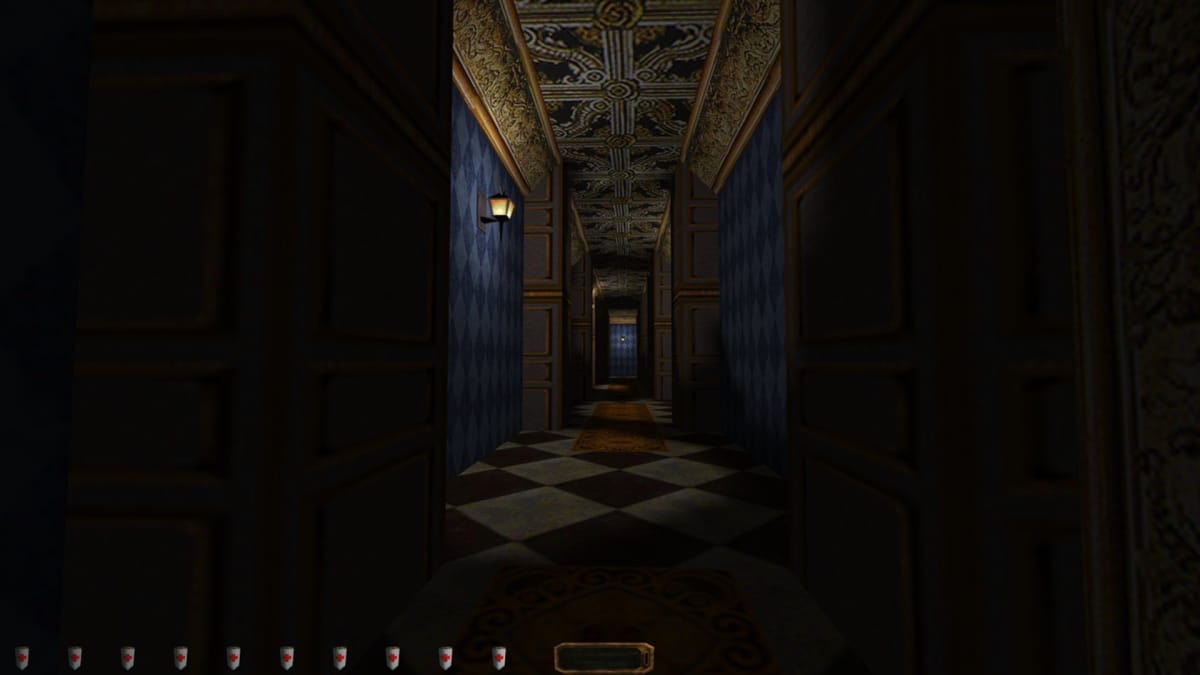
There could be many stories applied to this atmosphere, one so hauntingly heavy that it’s begging for them. Practically speaking, Song of the Caverns is a perfect mission for any of the Thief communities’ remix contests. In these, FM authors select one of the official missions and reimagine it. There are several ways the opera house could be redone.
The stories laid out explicitly are great, but the building of the opera and all of its sights and sounds could be turned towards a great number of tales. One of them could even be Thief’s own The Phantom of the Opera; or, more properly, The Phantoms of the Opera. There must be more than one spirit in this grand building.
This post was originally published in 2018 as a part of our Dark Narrative series. It's been republished to have better formatting.
Have a tip, or want to point out something we missed? Leave a Comment or e-mail us at tips@techraptor.net
